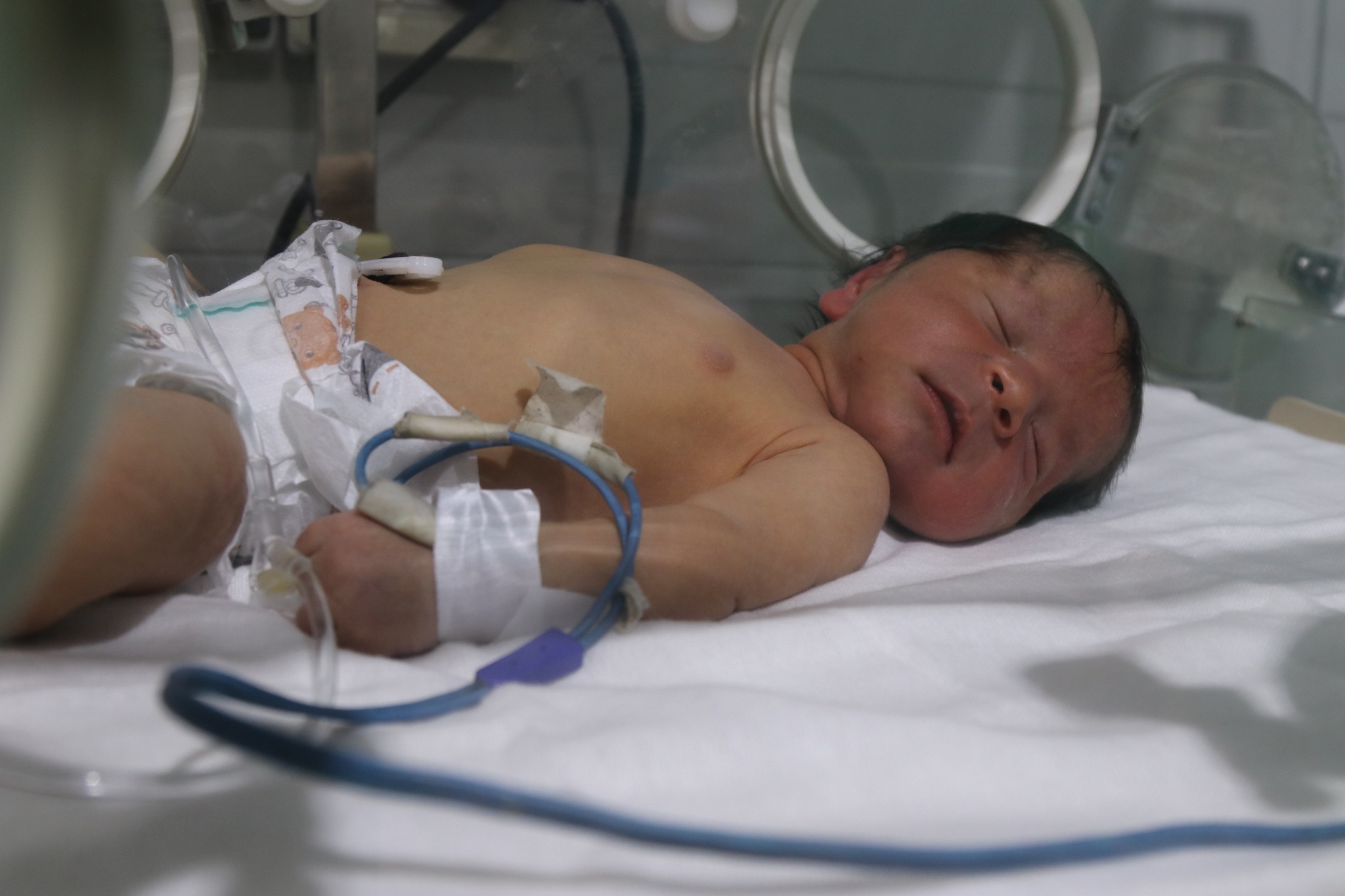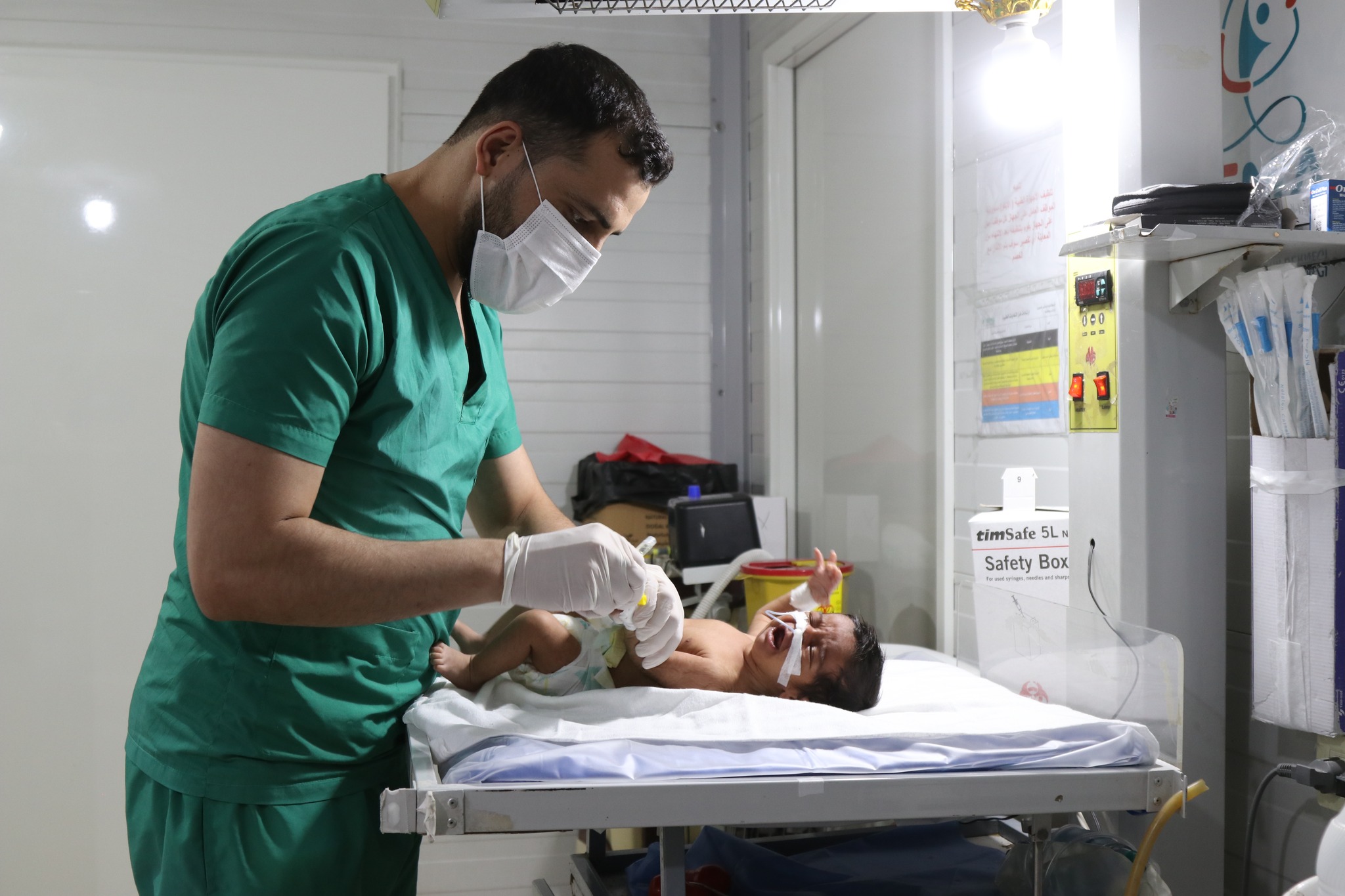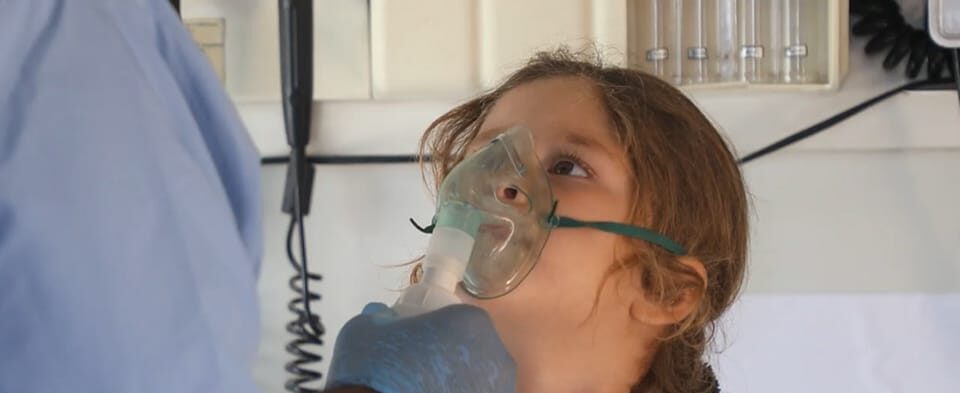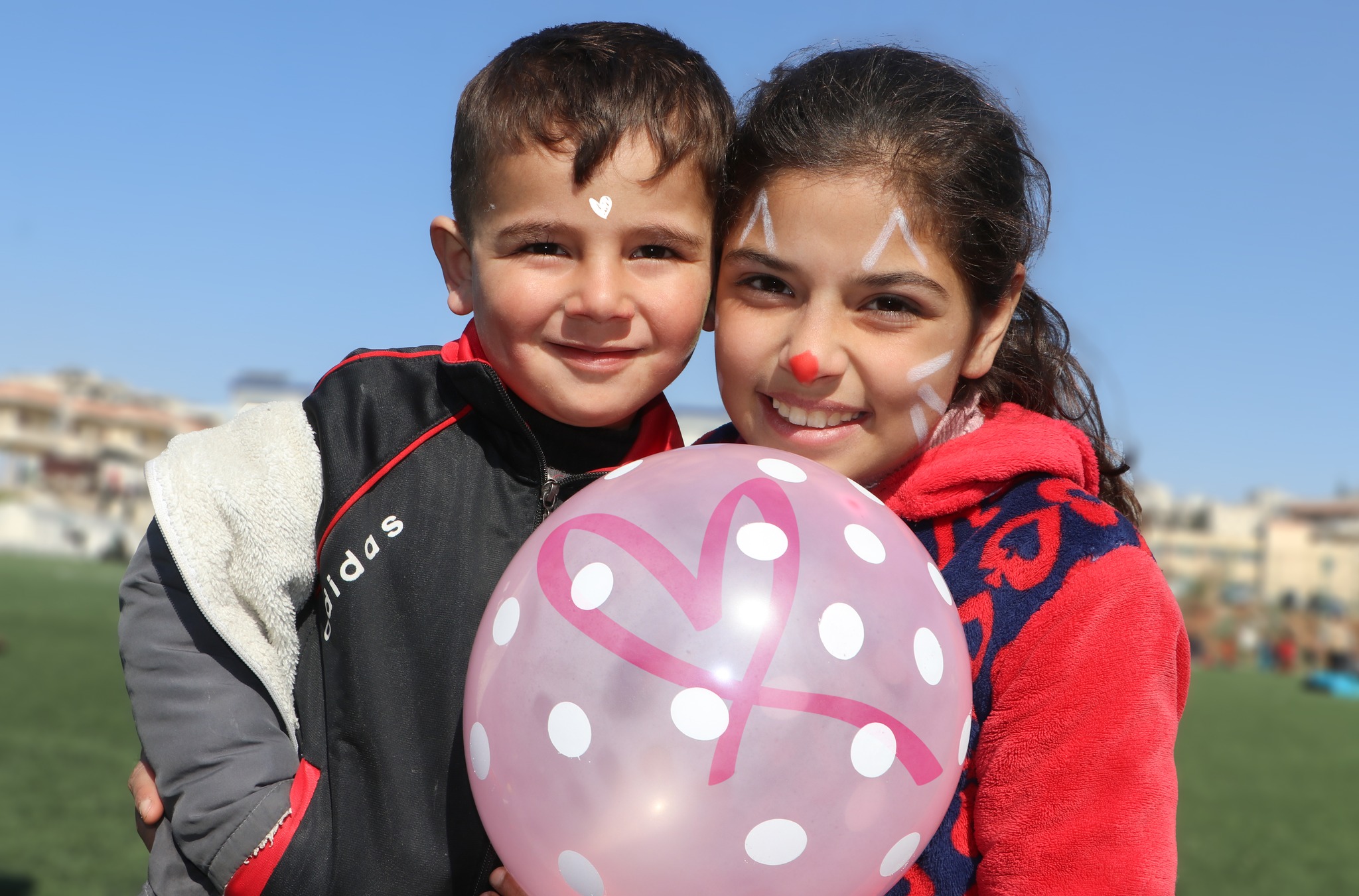Helping children deal with emergencies is a significant part of child protection programs, which aim to ensure their safety and well-being and maintain their physical and psychological health.
It is expected that the different children will be exposed to emergencies, starting from the occurrence of an electric short circuit or the outbreak of a minor fire inside the house, all the way to the occurrence of natural disasters or wars and crises.
Accordingly, parents and caregivers must learn how to deal with the child in these situations and prepare his ability to face them before they occur so that he does not experience severe trauma.
Helping Kids Prepare for Emergencies
Here are the top recommendations for helping children prepare for emergencies:
- Create a family emergency plan, sit with your children, and teach them to deal with different scenarios and crises.
- Teach your child about the signs of a natural disaster, like earthquakes, hurricanes, and storms, and make sure they know what to do when it happens.
- Make sure your children memorize the emergency telephone numbers for your country.
- Teach them how to handle the first aid kit and fire extinguishers.
- Ensure your children remember personal data, such as full name, home address, and phone number.
- Discover their weaknesses and fears, help them overcome them, and do not tolerate their feelings, no matter how simple they are.

Factors That Influence the Emotional Impact on Children in Emergencies
The emotional impact of emergencies varies from child to child, depending on the environment in which he grew up, the experiences he went through previously, the method of upbringing, and his level of awareness.
Some factors influence a child’s emotional response:
- Loss of a family member, friend, or pet.
- The child suffered a physical injury or permanent disability.
- Exposure to previous trauma.
- Separation from the family.
- Family bonding.
- Cultural differences.
- Community resilience.
How Help Children Cope With a Disaster
With the exacerbation of global crises and wars nowadays, everyone should realize the importance of helping children deal with disasters by preparing and supporting them before, during, and after the disaster.
The damage caused by a disaster has a tremendous impact on a child’s mental and physical health, especially in cases of home destruction, separation from school, relatives and friends, and loss of safety.
Before The Disaster
Always remember, “An ounce of prevention is worth a pound of cure.” Indeed, we cannot prevent disasters from occurring, but we can mitigate their harm to the child through:
- Reassure your children and tell them that you are always by their side.
- Constant review of emergency plans enhances children’s self-confidence and ability to deal with the disaster.
During The Disaster
- Be a model for your children, be calm when disaster strikes, and reassure them that things will be fine.
- Tell them to follow the recommendations of the local authorities in dealing with the disaster.
- Explain to them what is happening in a simple and easy-to-understand manner.

After The Disaster
It is imperative not to neglect children after the disaster, as they are vulnerable to mental illness, anxiety problems, and post-traumatic stress disorder. Here are recommendations to mitigate the impact of the disaster on them:
- Make time for them: listen to your children and play with them daily, identify their fears and feelings after the disaster, and help them feel safe and reassured.
- Don’t forget education! If your children drop out of school, return them to it as soon as possible. Interacting with other children will help them return to normal.
- Limit TV time: Watching reports and media coverage of disasters can be overwhelming for a child.
- Be kind: This goes without saying, but you must be sensitive to those affected by the disaster.
- Carefully monitor their behavior: If you notice any changes in the child’s lifestyle, such as sleeping or eating periods, or concentration level, go immediately to the specialist doctor to check on their health.
SEMA Response To Emergency Child Care
Children have always been the group most affected by wars and disasters, and thousands have been affected by physical disabilities and mental disorders.
Supporting children in disasters is everyone’s responsibility, and based on our duty to do so, we at SEMA International work to provide physical and psychological healthcare services for children who have suffered from the vicious outcomes of the war by providing the following services:
- Speech teaching sessions.
- Psychological support sessions.
- Conducting events and recreational activities for moral support.
- Treating children with permanent physical disabilities.
In addition to other services we provide in our health centers and mobile clinics. Donate Now! Join us to support our campaigns, to put a smile on the faces of the most vulnerable children.
FAQ
How do you handle childhood emergencies?
You can handle childhood emergencies throughout the following steps:
Be direct with children.
Show them your willingness to listen.
Do not be judgemental or argumentative with children.
Do not show children that you are shocked.
Seek ways of support during and after the emergency.
Keep a positive attitude.
Show a hopeful attitude to the children.
What is the most common emergency for a child?
The most common emergensieies that children encounter are:
Respiratory distress.
Dehydration.
Anaphylaxis.
Seizures.
Trauma.
How do you respond to a child in a crisis?
Ther are many steps through which parents and caregivers can respond to a child in a crisis. These include:
– Familiarize yourself with the common symptoms associated with truma in children.
– Get prepared to respond and handle the fears of worries reflected by children.
– Generate a sense of safety and security for children.
– Encourage children to draw and write about their experience.
– Observe children’s behaviors over time.
How do I keep my child calm in an emergency?
There are some measures that you can follow to keep your child calm during emergencies. Below we state some of them:
– Prepare an emergency plan.
– Keep a calm composure.
– Build and maintain a supportive environment.
– Utilize all available approaches of support.
– Involve other caregivers.
Teaching your Child What to Do in an Emergency
In an emergency, your child should learn to:
Ensure your children memorize the emergency telephone numbers for your country.
Handling first aid kit and fire extinguishers
Go to shelters if there is one.
In Case of Emergency How Will you Keep a Child Safe and Protected?
– Be a model for your children, and be calm when disaster strikes.
– Tell them to follow the recommendations of the local authorities in dealing with the disaster.
– Explain to them what is happening in a simple and easy-to-understand manner.
How do you Explain What an Emergency is to a Child?
The emergency must be explained to the child in a simple and easy-to-understand manner, without going into details of what is going on, while reassuring them that things will be fine.


